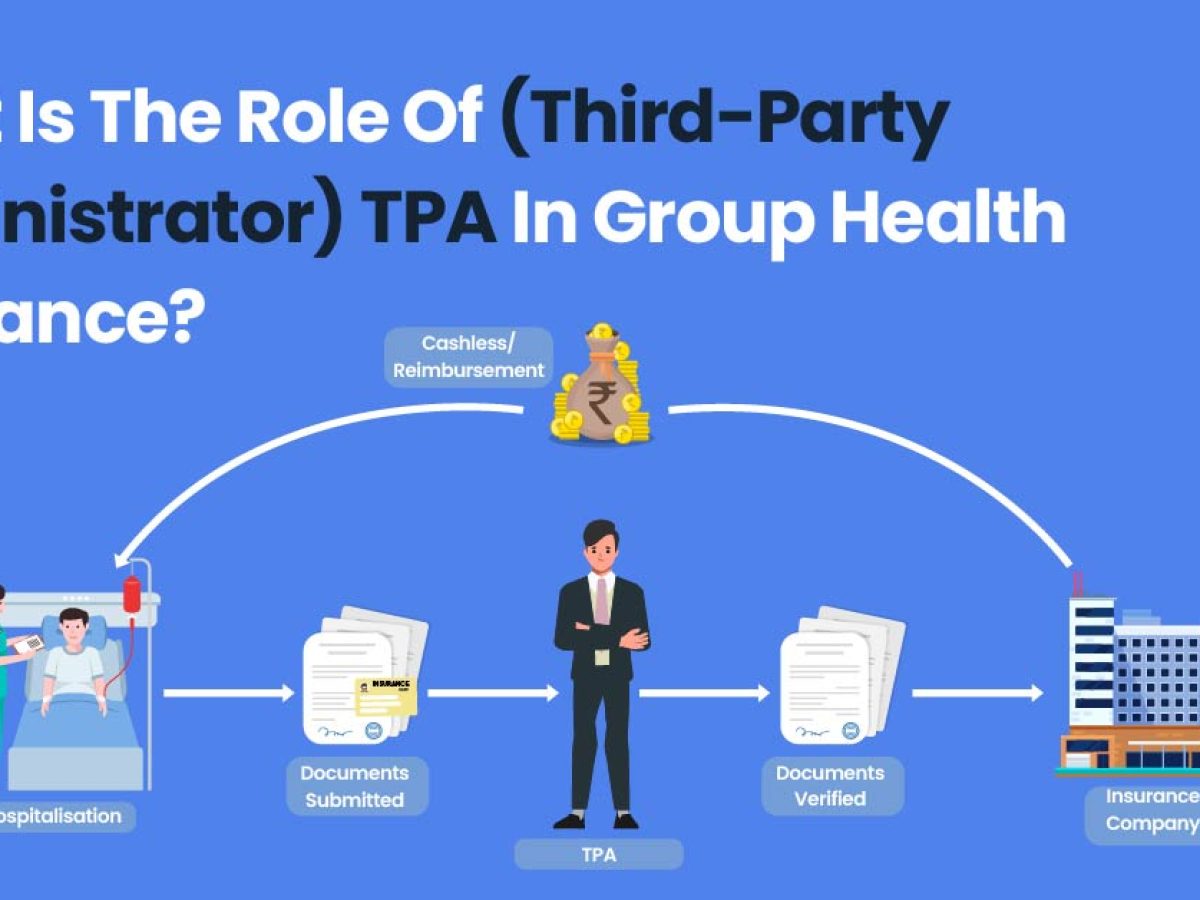What Does Pacific Prime Mean?
What Does Pacific Prime Mean?
Blog Article
Pacific Prime Fundamentals Explained
Table of ContentsWhat Does Pacific Prime Mean?Unknown Facts About Pacific PrimeThe Definitive Guide for Pacific PrimeA Biased View of Pacific Prime10 Simple Techniques For Pacific Prime

This is since the data were gathered for a duration of solid financial performance. Of the estimated 42 million people that were uninsured, almost concerning 420,000 (regarding 1 percent) were under 65 years old, the age at which most Americans become qualified for Medicare; 32 million were adults between ages 18 and 65, around 19 percent of all grownups in this age; and 10 million were kids under 18 years old, regarding 13.9 percent of all kids (Mills, 2000).
These price quotes of the variety of individuals without insurance are produced from the annual March Supplement to the Current Population Study (CPS), conducted by the Demographics Bureau. Unless or else kept in mind, national price quotes of individuals without medical insurance and percentages of the populace with various type of insurance coverage are based upon the CPS, the most commonly utilized resource of price quotes of insurance policy protection and uninsurance prices.
The Single Strategy To Use For Pacific Prime

Still, the CPS is specifically helpful because it generates yearly quotes fairly rapidly, reporting the previous year's insurance policy protection estimates each September, and since it is the basis for a regular collection of quotes for greater than two decades, enabling evaluation of fads in coverage with time. For these reasons, in addition to the extensive use the CPS in other studies of insurance protection that are presented in this record, we count on CPS quotes, with restrictions kept in mind.

The quote of the variety of uninsured individuals expands when a population's insurance policy standing is tracked for several years. Over a three-year period starting early in 1993, 72 million people, 29 percent of the united state population, lacked coverage for at least one month. Within a solitary year (1994 ), 53 million individuals experienced a minimum of a month without insurance coverage (Bennefield, 1998a)
6 out of every 10 without insurance grownups are themselves used. Although functioning does improve the chance that one and one's household members will certainly have insurance policy, it is not a warranty. Also participants of households with 2 permanent wage income earners have nearly a one-in-ten possibility of being without insurance (9.1 percent without insurance rate) (Hoffman and Pohl, 2000).
The Only Guide to Pacific Prime
New immigrants represent a considerable percentage of individuals without health insurance policy. One analysis has actually attributed a substantial portion of the recent growth in the size of the U.S. without insurance population to web immigrants that showed up in the nation between 1994 and 1998 (Camarota and Edwards, 2000). Current immigrants (those who pertained to the United States within the previous four years) do have a high price of being without insurance (46 percent), however they and their kids represent just 6 percent of those without insurance policy nationally (Holahan et al., 2001).
The partnership in between health and wellness insurance coverage and accessibility to care is well developed, as recorded later on in this phase. The connection between health insurance and health and wellness outcomes is neither straight neither simple, a comprehensive professional and wellness services research study literary works links health and wellness insurance protection to improved access to care, far better top quality, and enhanced individual and populace health status.
Degrees of evaluation for checking out the results of uninsurance. This conversation of medical insurance protection concentrates largely on the U.S. population under age 65 since virtually all Americans 65 and older have Medicare or various other public protection. Furthermore, it concentrates especially on those with no medical insurance for any type of size of time.
Not known Factual Statements About Pacific Prime
The troubles encountered by the underinsured are in some areas similar to those encountered by the without insurance, although they are usually less severe. Health and wellness insurance, nevertheless, is neither essential nor sufficient to obtain access to medical solutions. The independent and straight result of wellness insurance policy protection on access to health and wellness services is well developed.
Others will acquire the health treatment they need even without wellness insurance coverage, by paying for it expense or seeking it from suppliers who use care totally free or at very subsidized rates. For still others, medical insurance alone does not make certain invoice of treatment as a result of various other nonfinancial barriers, such as a lack of healthcare companies in their neighborhood, restricted access to transport, illiteracy, or etymological and cultural differences.
Pacific Prime Things To Know Before You Get This
Formal research study concerning without insurance populaces in the USA dates to the late 1920s and very early 1930s when the Committee on the Expense of Treatment produced a collection of records regarding funding physician workplace sees and hospital stays. This concern ended up being prominent as the numbers of clinically indigent climbed throughout the Great Depression.
Report this page